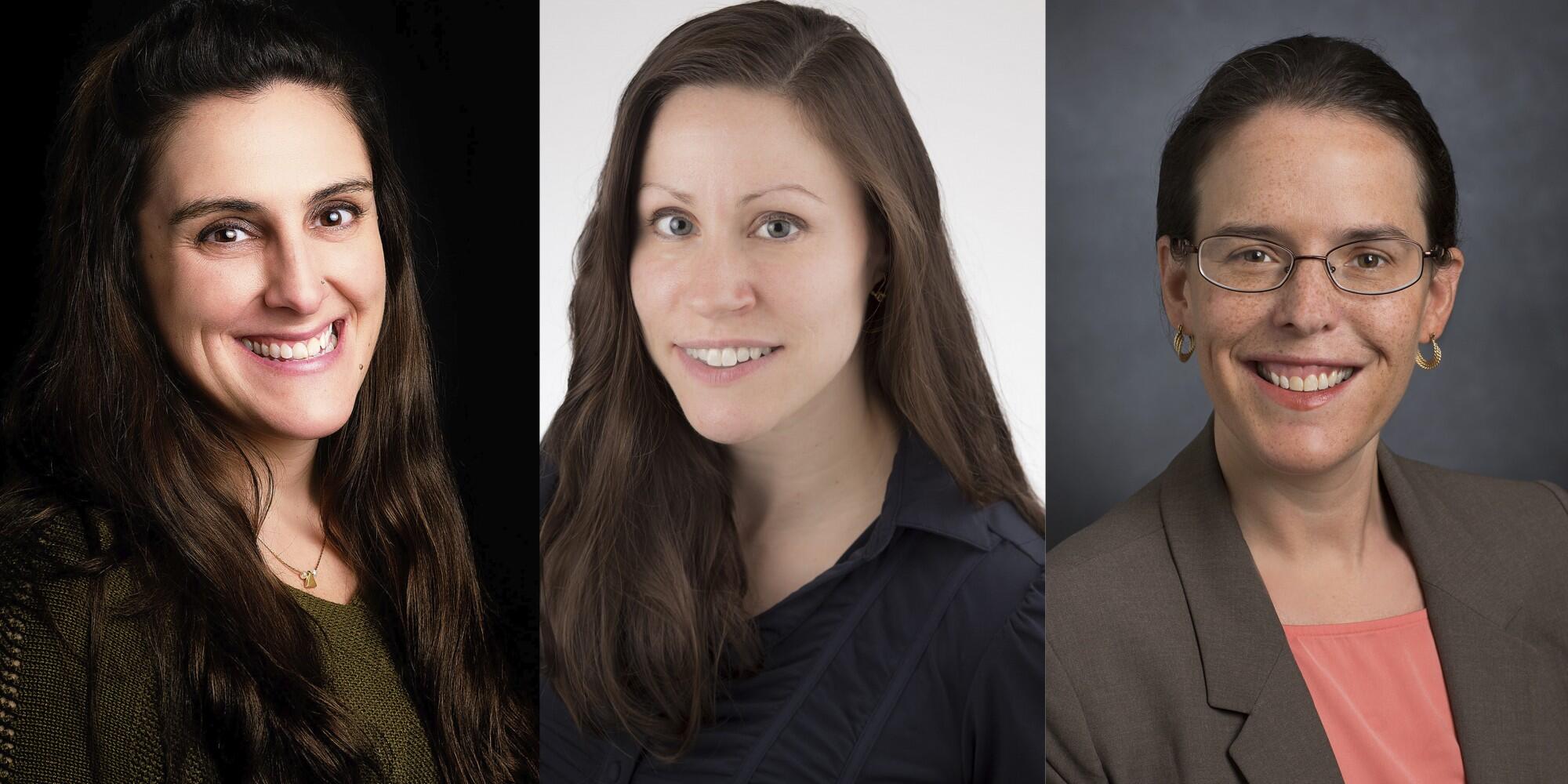Implicit social pressure may affect COVID-19 preventive behaviors, case study shows

URBANA, Ill. – As we move into the third year of the COVID-pandemic, we still face a multitude of information and it can be hard to know what guidelines to follow. Understanding what motivates individual behaviors can provide greater insight into mitigating the pandemic’s consequences and crafting effective public health messages.
A new case study from the University of Illinois spotlights the trajectory of a young woman who was infected with COVID-19 twice in fall 2020. The researchers concluded that while she adhered to preventive measures such as masking and social distancing, she did so inconsistently, impacted by implicit social pressure, desire for normalcy, and the feeling of invincibility.
While a case study of one individual isn’t generalizable to the larger population, it provides in-depth, exploratory insights into the lived experience of a serious public health issue.
The 19-year-old respondent was an undergraduate student at the U of I. She arrived on campus in August 2020 and almost immediately tested positive for COVID-19. She isolated in a social pod of three peers who also tested positive. After recovering, she tested positive again within 50 days.
‘Moving target’
The researchers conducted an in-depth interview with the student and identified major themes from her experiences. One theme related to perceived invincibility, or inevitability followed by immunity, leading to inconsistent preventive behaviors, says Jacinda Dariotis, professor in the Department of Human Development and Family Studies at U of I and director of the Family Resilience Center (FRC). Dariotis is lead author on the study.
“We have to remember this virus is a moving target, and [in 2020] the scientific community was still trying to understand whether reinfection was possible. This ambiguity spilled over into people thinking ‘I can’t get re-infected within 90 days,’ or ‘I am young and this is something that's impacting others.’ All of that made a perfect storm for having misperceptions of one’s susceptibility,” Dariotis says.
“From a population perspective, this attitude of inevitability led to the idea of natural herd immunity. People might feel that if they are going to get infected they may as well get it over with and we’d be done. But there’s no guarantee it will be over with,” adds Rebecca Smith, associate professor of epidemiology in the College of Veterinary Medicine at U of I, and co-author on the paper.
Smith is one of the experts behind the U of I’s SHIELD program, which offers rapid-result saliva tests developed and administered on campus. Before vaccines were available, students, staff and faculty were required to test regularly in order to access campus buildings.
Seeking normal
Another major theme in the case study was the respondent’s desire for normalcy and interaction, as well as implicit pressure to not wear masks and socially distance.
“You may attribute to others what you're doing yourself. We see this with a lot of social behaviors. You assume others within your circle are doing the same thing. So you assume it is OK to take off a mask; it's OK to engage in different types of behaviors, because you're attributing lower risk to others. The participant also spoke about wanting to regain the college experience and the socialization,” Dariotis says. “She rationalized that others were OK with not wearing masks and socially distancing, so it would be acceptable behavior in smaller circles. However, if one person is infected, it can actually place you at greater risk.”
The respondent did in fact get sick again, and her physical symptoms were more severe the second time, including severe cough, stuffy nose, abdominal pain, and difficulty thinking.
The mental health impact was also more severe during the second infection.
“The respondent really struggled with the isolation. The first time, she was isolating with three friends who were also COVID-19 positive, so that was a little easier. But the second time, she had to go to a hotel room by herself. And she found that extremely difficult,” says Stephanie Sloane, research specialist in the FRC and co-author on the paper.
“The experience had lasting impacts, where she questioned her friendships, and whether people were mad at her for testing positive again. She got very anxious and it carried over into her social relationships in the longer term," Sloane adds.
Messaging lessons
The authors say the case study provides insights for public health messaging to address preventive behaviors for COVID-19 and future pandemics.
“From a public health perspective, it's not only the physical symptoms we need to examine and explore, it’s about giving equal weight to social implications and helping to facilitate creative coping that extends beyond addressing just the physical,” Dariotis states.
“People may be willing to risk physical health because of the desire for normalcy and social interactions. Those are very powerful draws and motivators. And if we ignore them, it can have negative implications for intervention or prevention programs. Thinking about both physical and social implications is incredibly important because we're both biological and social beings.”
The article, ““I took it off most of the time ’cause I felt comfortable”: unmasking, trusted others, and lessons learned from a coronavirus disease 2019 reinfection: a case report” is published in Journal of Medical Case Reports [https://doi.org/10.1186/s13256-021-03033-8].
The Family Resiliency Center and Department of Human Development and Family Studies are in the College of Agricultural, Consumer and Environmental Sciences, University of Illinois.